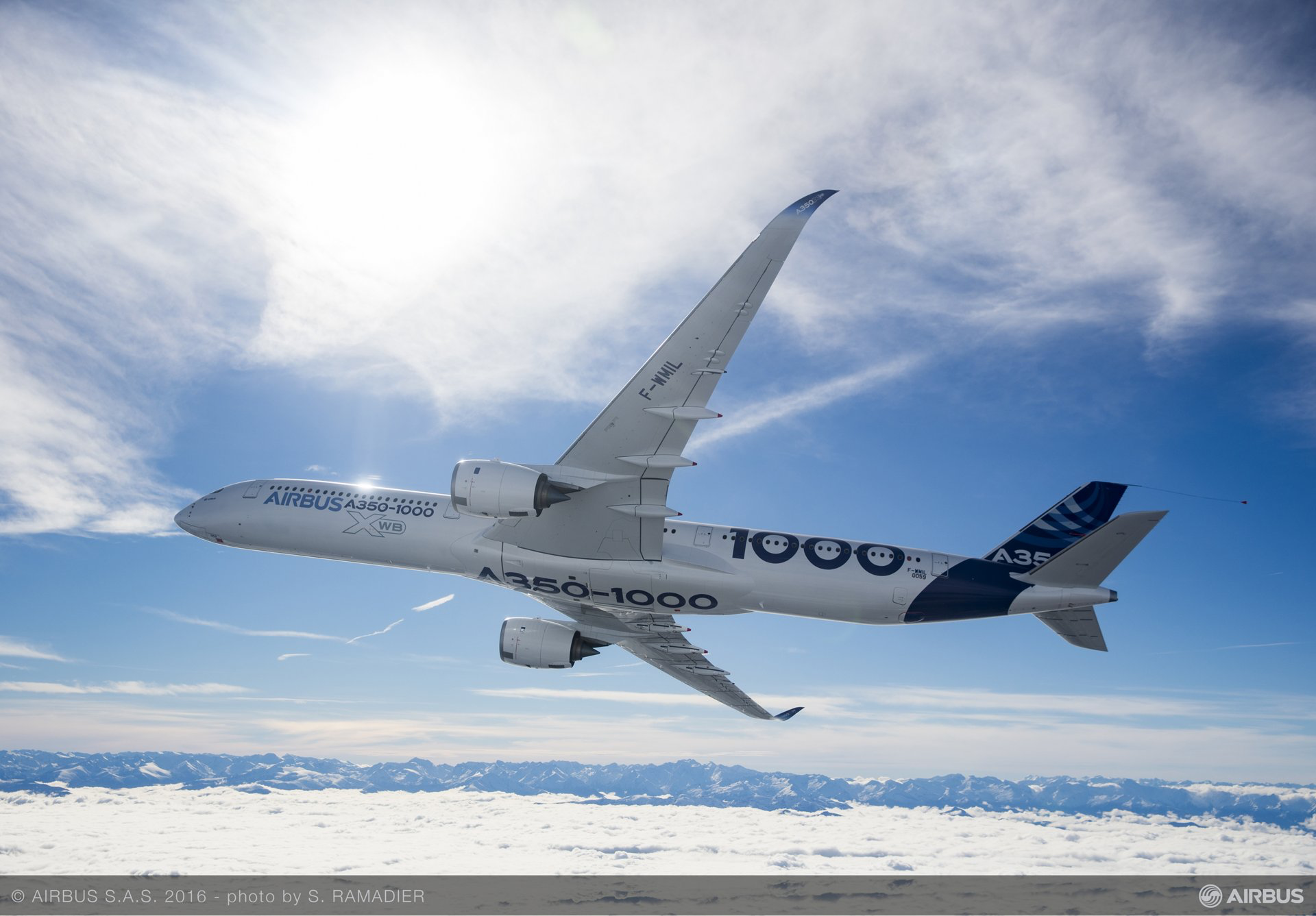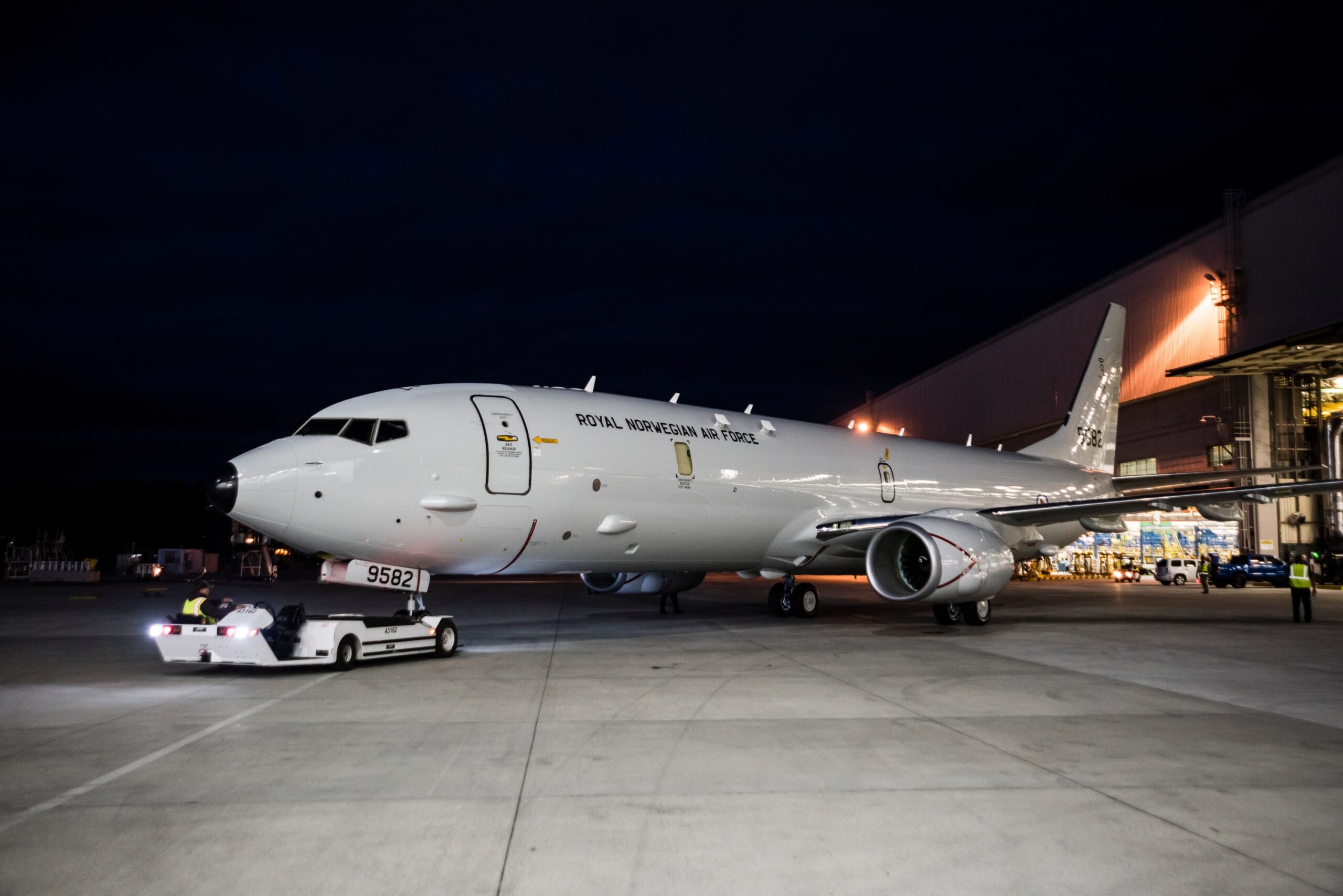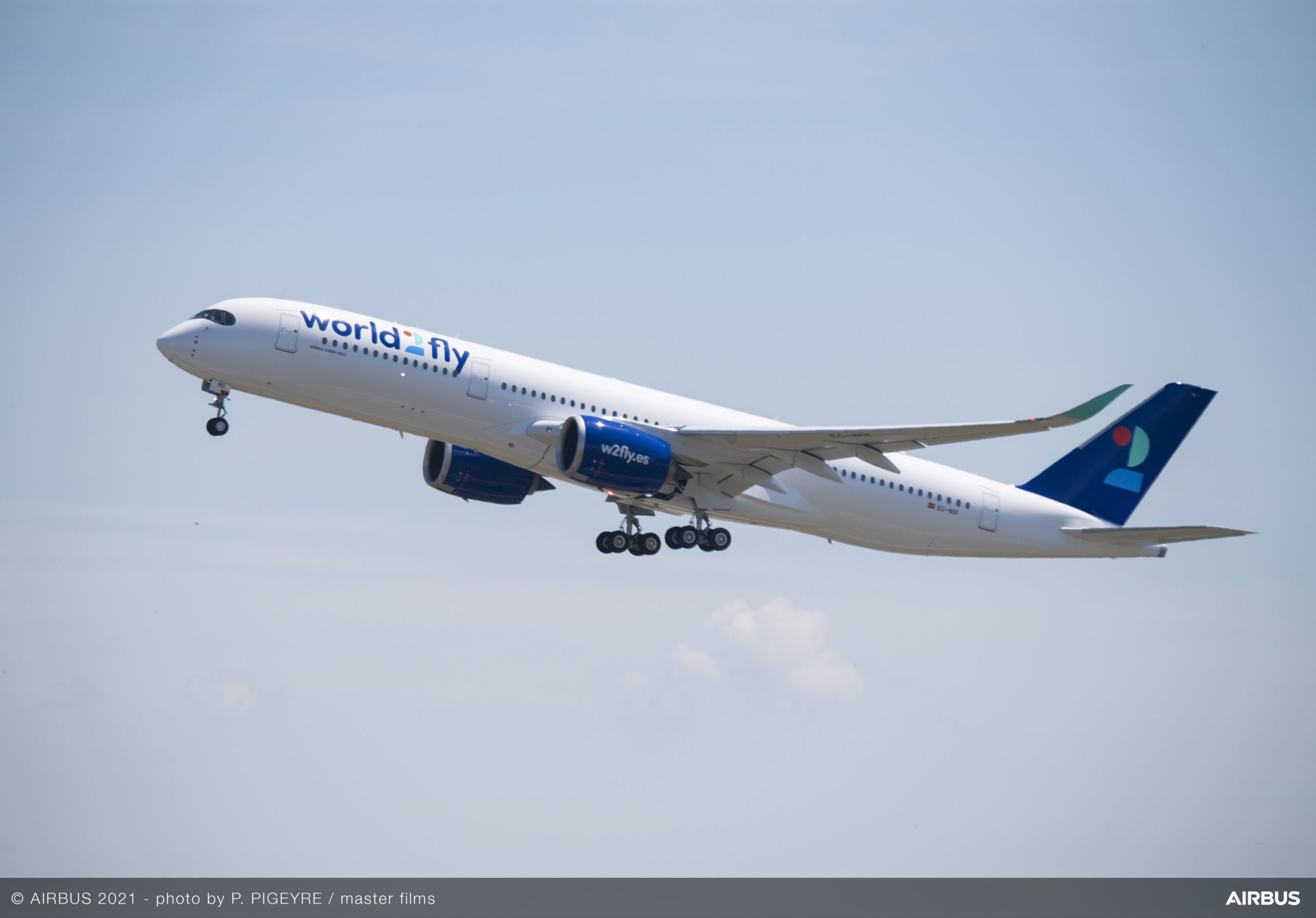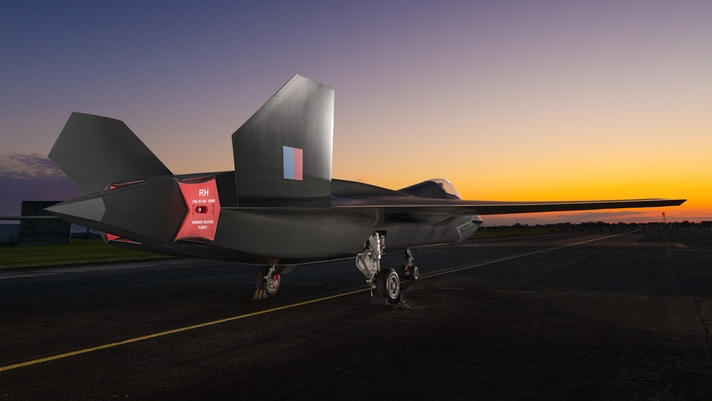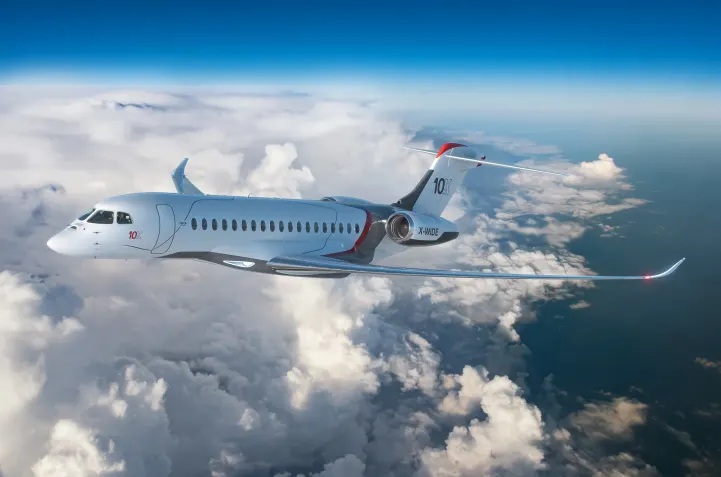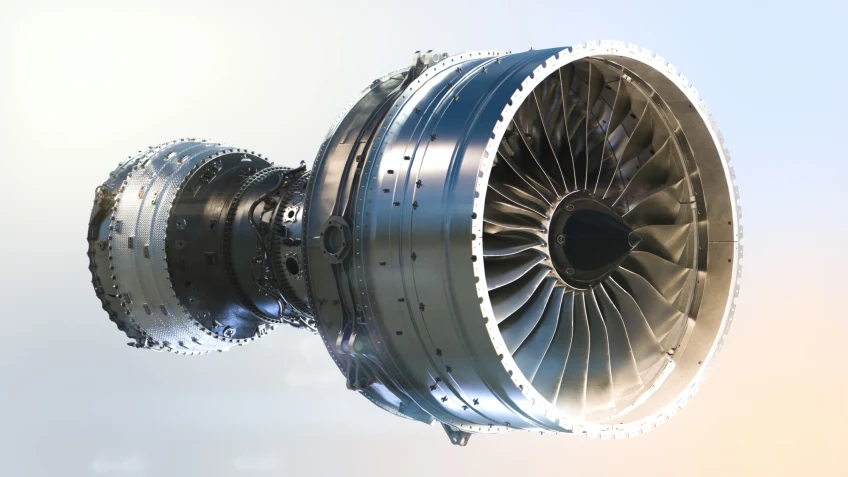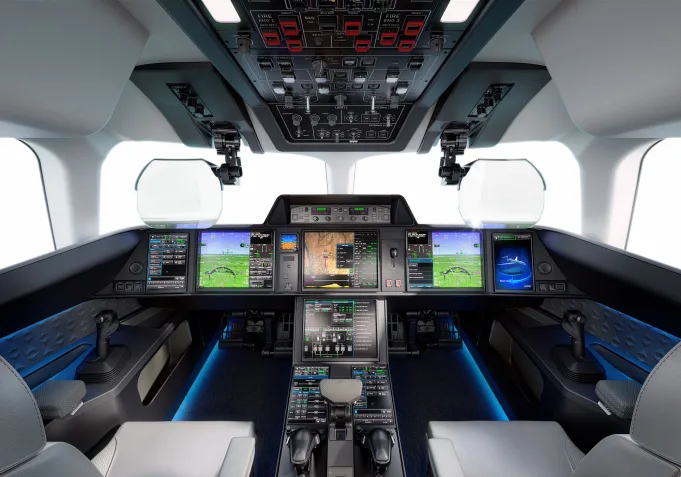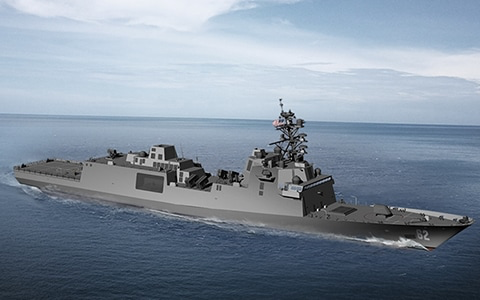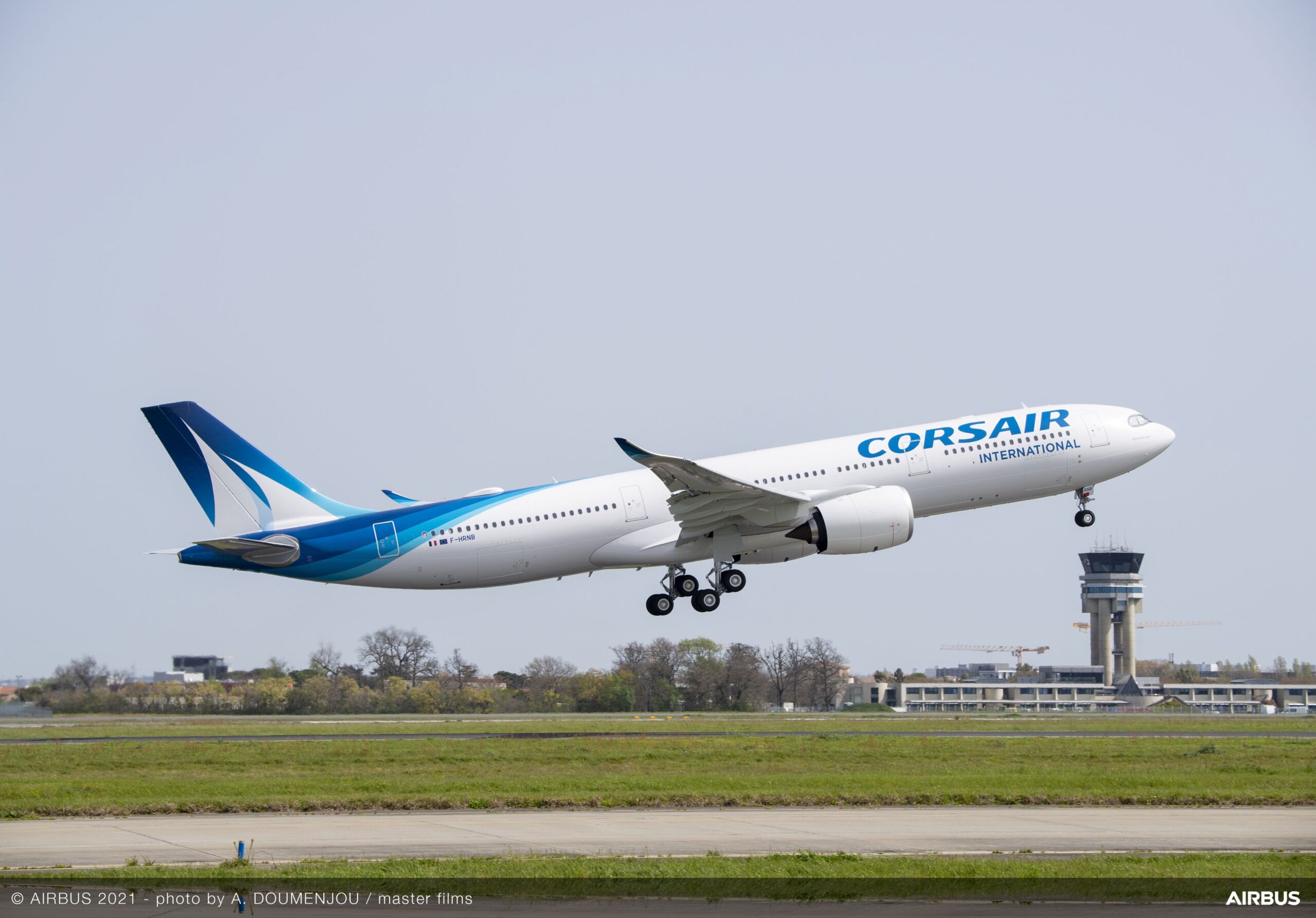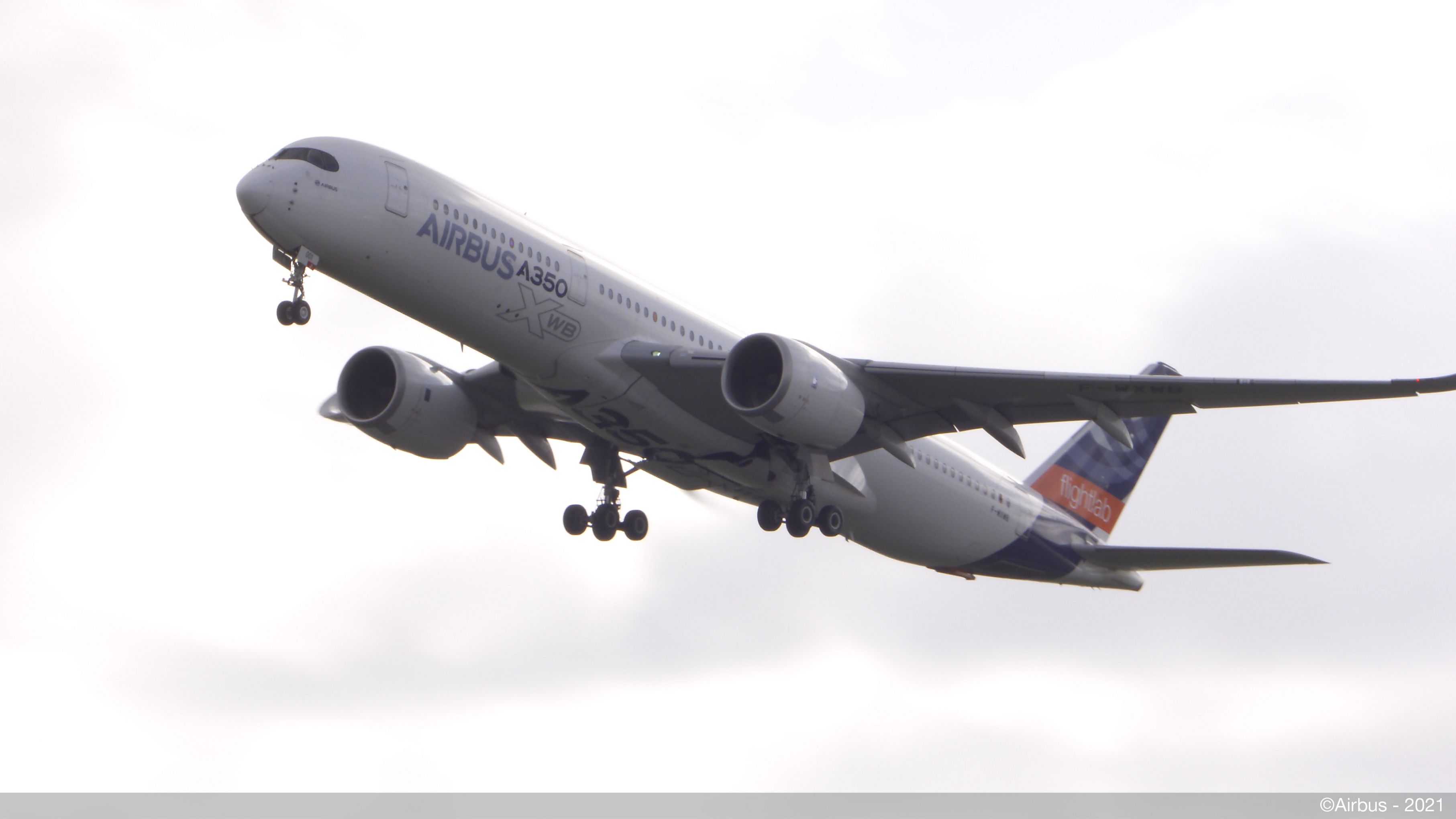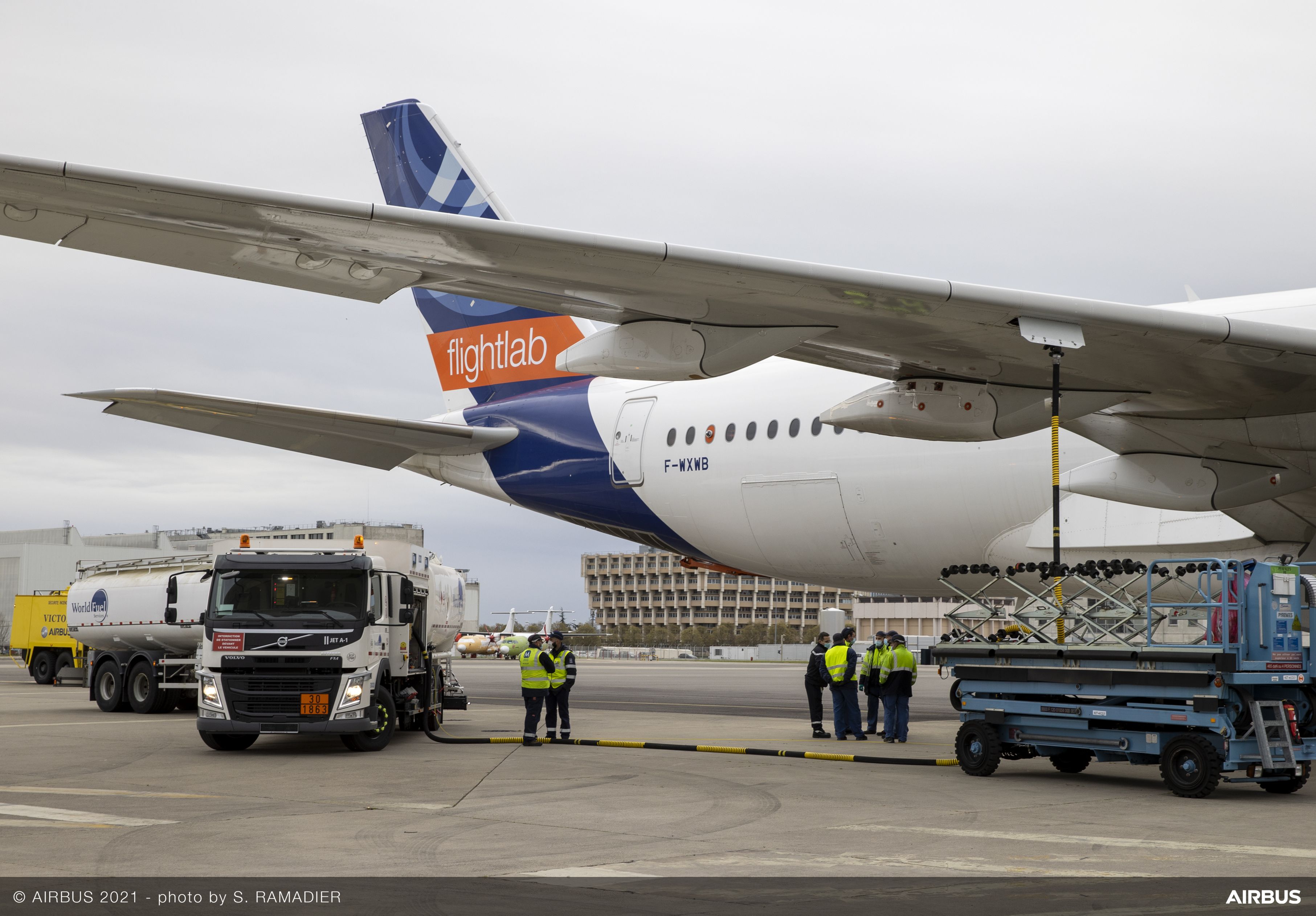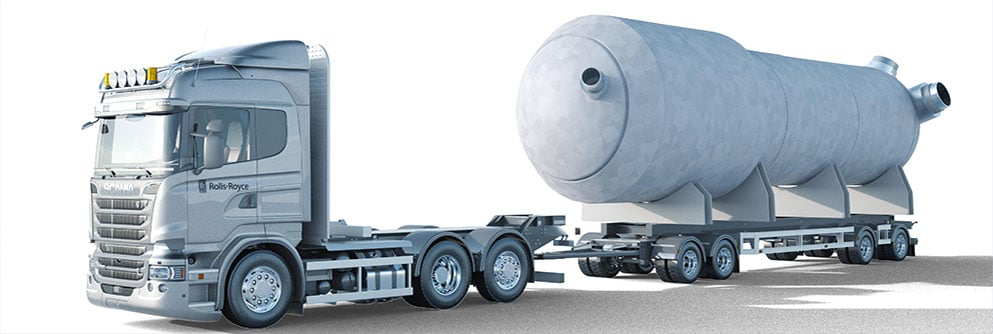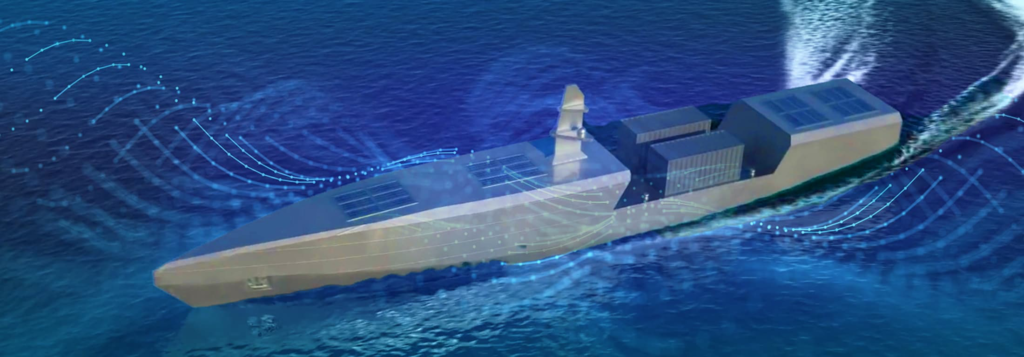Airbus will demonstrate its latest technological innovations and projects implemented in Russia at the International Aerospace Show which takes place in Zhukovsky from 20th to 25th July. Key attractions will be the last-generation widebody A350-1000, which will be shown in the country for the first time, and the twin-engine EC145 rotorcraft.
The A350-1000 is the largest member of the clean sheet design A350 widebody Family, with a seating capacity of up to 440 passengers in a single class. The aircraft’s state-of-the-art aerodynamics, inspired by nature, incorporates a unique morphing technology that continuously optimises the wing profile to reduce drag and lower fuel burn and CO2 emissions. The aircraft is powered by Rolls Royce Trent XWB 97 engines with 15% increased thrust, the aircraft can fly up to 16,100km. More than 70% of the airframe is made from advanced materials, including 53% composites. Aeroflot already operates 6 A350-900.
The Airbus A350-1000 will also take part in the flight programme of MAKS-2021 aerospace show from 20 to 22 of July.
Another highlight on static display will be the EC145 helicopter – one of the 5 EC145, owned by the city of Moscow and operated by the Moscow Aviation Centre (MAC). Airbus Helicopters and the Moscow Aviation Centre have been cooperating for more than 14 years. During this period, the MAC AH fleet has contributed to saving the lives of more than 6,400 patients in the territory of Moscow. Easy access to the cockpit through wide, side-sliding doors or through the rear doors, a spacious cabin, and high reliability make this helicopter the preferred choice for medical missions.
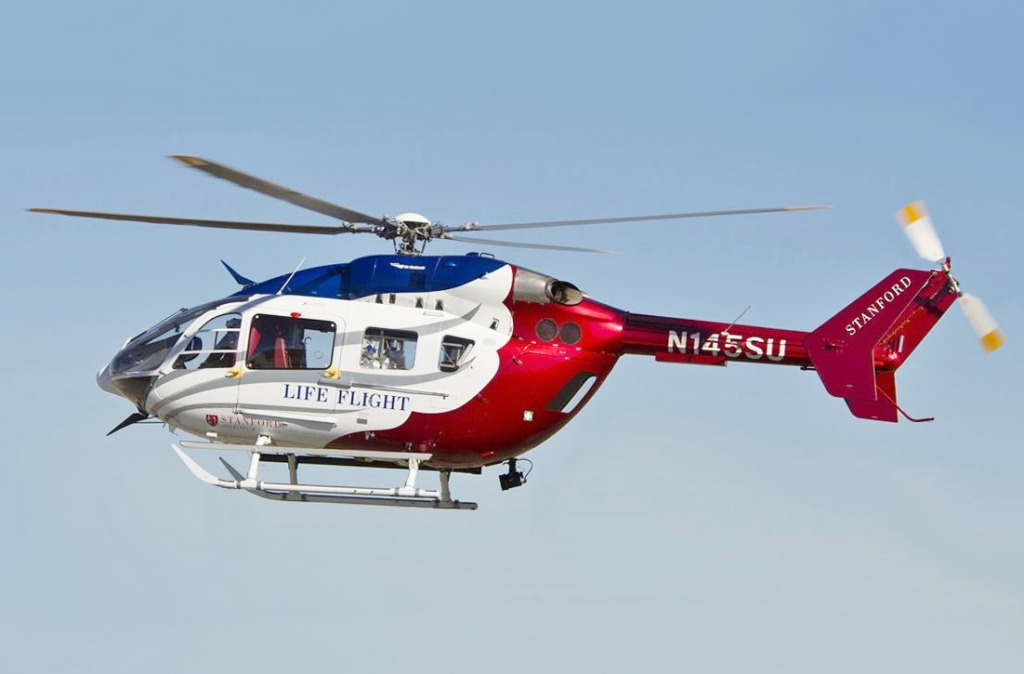
The Airbus Defence and Space division is known for its long-term cooperation with Russian enterprises. Together with Russian colleagues, they implemented several international projects under the Automated Transfer Vehicle (ATV) and International Space Station programmes, as well as cooperation with the Russian OKB “Fakel” in terms of building the satellites for the OneWeb constellation. The Space division of Airbus is the only Western space division that has a proven track record in industrial localisation of production in the Russian Federation. Airbus Defence and Space will demonstrate samples of localised production and future power amplifiers proposed for further development. Another promising area, both international and Russian, is the global information system and services based on data from Earth Remote Sensing (ERS) satellites.
The Defence and Space division will also demonstrate space equipment produced by the joint venture Airbus DS and JSC Russian Space Systems, and the Airbus engineering centre in Moscow, ECAR, will demonstrate the results of its work and current projects.
